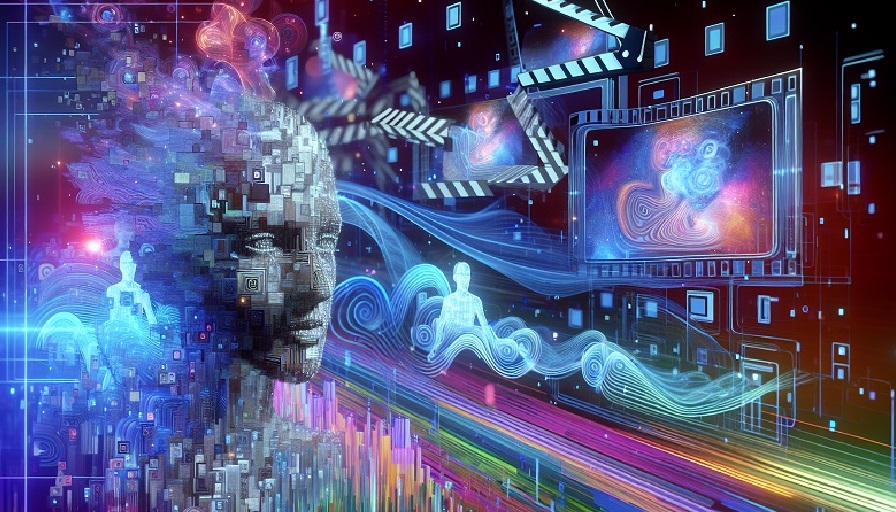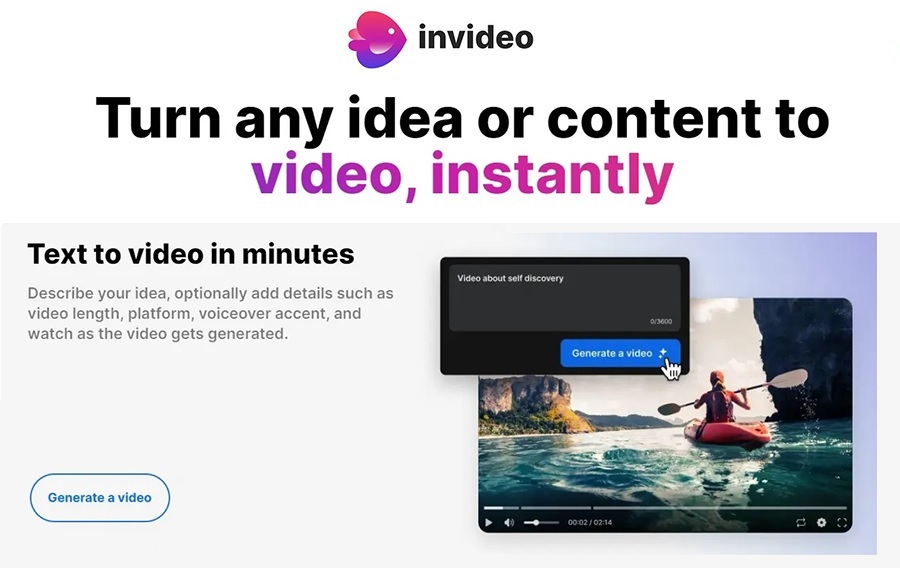
Brand communication is no longer limited to slogans or static images. Today, audiences expect immersive stories told through compelling visuals. Artificial intelligence is giving brands the ability to meet this expectation with precision and scale. By automating design, refining messaging, and tailoring content to audiences, AI enables businesses to tell stories that resonate and stick. For companies of all sizes, the challenge is not whether to use AI, but how to use it responsibly while keeping their message authentic.
Contents
The Importance of Visual Storytelling for Brands
Humans process images faster than words, which is why visual storytelling has always been central to brand identity. From logos to full-scale ad campaigns, visuals shape how audiences perceive and remember a company. In an era of content overload, clarity matters more than ever. Brands that succeed are the ones able to cut through the noise with stories that feel relevant, simple, and personal. AI tools give brands an edge by streamlining how these stories are crafted and distributed.
Building Emotional Connections
Strong visual stories appeal to emotions. AI can analyze audience behavior and recommend visuals, colors, or styles most likely to evoke trust, excitement, or curiosity. This data-driven insight helps brands connect on a deeper level with the people they aim to reach.
Consistency Across Platforms
Maintaining a unified look and message across channels is a constant struggle. AI assists by automatically applying brand guidelines to different formats, ensuring that a campaign feels coherent whether viewed on a phone, TV, or billboard.
How AI Shapes Brand Storytelling
AI’s role in brand storytelling goes beyond automation. It actively influences how stories are structured, personalized, and delivered to audiences. By pairing creativity with machine intelligence, brands can tell stories that stand out in crowded markets.
Content Personalization
AI can tailor visuals and messages for specific audience segments. For instance, a brand may use different imagery for younger viewers than for professionals, all within the same campaign. This personalization ensures that content feels relevant to each group without diluting the brand’s core identity.
Efficient Content Creation
Creating visual content traditionally requires large teams and long timelines. AI tools speed this up by suggesting templates, generating images, or even editing videos automatically. This allows smaller teams to produce high-quality content at scale, leveling the playing field for emerging brands.
Real-Time Adaptation
AI enables brands to adjust content quickly based on performance. If an ad is not resonating, algorithms can suggest new imagery or layout changes to improve engagement. This agility helps brands stay responsive to audience preferences and trends.
Benefits of AI-Driven Visual Communication
Adopting AI in storytelling comes with multiple benefits that improve both efficiency and effectiveness. These advantages allow brands to maximize the impact of every campaign while minimizing wasted resources.
Faster Production Cycles
What once took weeks can now be done in days. AI automates editing, resizing, and formatting, accelerating the journey from concept to launch. Faster cycles mean brands can respond to cultural moments while they are still relevant.
Improved Audience Insights
AI does not just create – it listens. By analyzing how viewers respond to visuals, brands can refine strategies for future campaigns. These insights transform storytelling from guesswork into a data-informed practice.
Cost Efficiency
Producing professional content often requires significant budgets. AI reduces costs by cutting down on labor-intensive tasks and minimizing the need for large creative teams. Smaller businesses especially benefit from this efficiency.
Challenges of Using AI in Brand Storytelling
As powerful as AI is, it also introduces challenges. Over-reliance on automation or poor ethical choices can backfire, damaging trust and weakening brand identity. Awareness of these pitfalls helps brands use AI responsibly.
Risk of Generic Content
Because AI relies on existing data, its outputs can sometimes feel formulaic. Without human creativity guiding the process, brand stories risk blending in rather than standing out.
Maintaining Authenticity
Audiences value authenticity. If content feels overly machine-generated, it may come across as impersonal or insincere. Brands must balance automation with genuine human input to preserve credibility.
Ethical Considerations
Using AI for synthetic visuals or voices can raise ethical questions. Misleading representations or lack of disclosure may harm brand reputation. Transparent communication about AI’s role helps maintain audience trust.
The Future of AI and Brand Storytelling
AI’s influence on brand communication will continue to grow as technology advances. The tools of tomorrow promise to make visual storytelling more personalized, immersive, and impactful. At the same time, they will require careful navigation to ensure ethical and authentic use.
Hyper-Personalized Campaigns
Future AI systems may create campaigns tailored to individuals rather than just audience segments. This could revolutionize marketing by giving each viewer a unique experience with a brand’s story.
Integration With Emerging Media
AI will likely play a key role in shaping stories within virtual reality, augmented reality, and interactive video. These formats demand agility, and AI will help brands deliver immersive stories at scale.
Stronger Human-Machine Collaboration
The future of brand storytelling lies in collaboration. AI will handle technical execution while humans focus on strategy, ethics, and creativity. This partnership ensures campaigns remain efficient while retaining heart and originality.
Artificial intelligence is not here to replace human storytelling – it is here to enhance it. For brands, AI offers new ways to communicate with clarity, efficiency, and emotional impact. The challenge is to use these tools responsibly, ensuring that while machines provide speed and precision, humans provide authenticity and vision. When balanced thoughtfully, AI-driven storytelling can help brands cut through the noise and deliver visual stories that truly connect with audiences.

